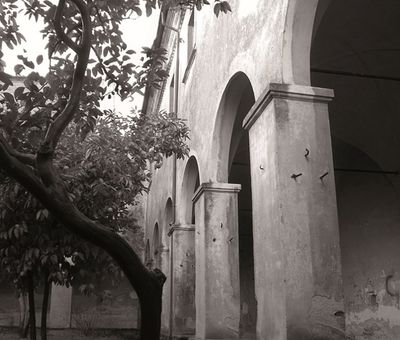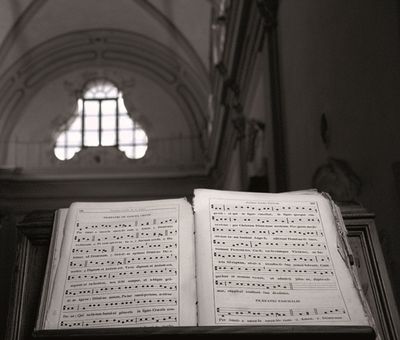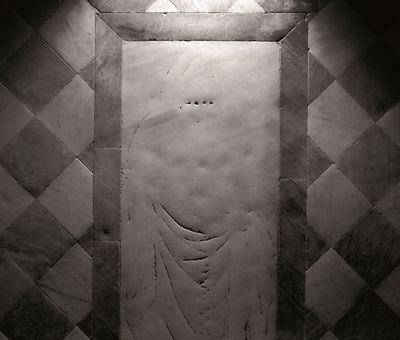In the church of Sant’Agostino in Nicosia
As soon as I walked into the church I noticed the marks on the marble, shaped like a human body, in front of the altar. That person must have been very important for the history of the Nicosia complex given that his mortal remains had been buried at that spot in the church. My curiosity had been only partly satisfied. I knew that in front of the altar, before the rails of the presbytery, the relics of Ugo da Fagiano were laid to rest, the founder of the Nicosia monastery. His position demanded a worthy burial since the foundation of this very complex was thanks to his willpower and office as the Bishop of Nicosia, perhaps less important than the city in Cyprus but rich in art, history and mystery all the same.
It all began in the late 13th century
Legend has it that shortly after the death of the founder, one of the bishop’s sworn enemies went to the Nicosia church to revile the tomb that supposedly wasn’t in the same place it is now, but rather in the little cemetery of the Augustinian friars. Going there at night, the person, whose name we cannot reveal, as he prepared to set fire to the relics of Ugo da Fagiano, heard a loud noise come from the church. Worried and alarmed, he left his arsonry and ran to see what was happening. But, as he entered the nave, he saw a man kneeling on the marble before the altar. It was the ghost of Ugo da Fagiano, unable to find peace as his tomb had been violated. Upon seeing him, our man pulled back, moved by fear, but as soon as the dead bishop saw him, he caught up with him and said, "At last you’re here. I was waiting for you. See, I started, but now you must finish my tomb. Don’t worry. You’ll have all the time you need to finish it". Then he vanished beneath the marble and, passing through it, he left his marks, right where they are today.
It all makes sense
The tomb wrecker was so scared that his heart gave out. Before it did, however, he managed to take hold of the chisel and hammer that the good Ugo had left for him. He had to finish the work that the founder had started. And so, from that day forth, he was sentenced to carve the figure of Ugo da Fagiano in the hard marble. Only when he finished the tomb would he be able to rest in peace. What a pity that what he carved at night disappeared like snow in the sun at daybreak! Therefore, have no fear if you hear noises coming from Nicosia church at night; it’s just the soul of a poor carver forever condemned to work for his enemy. Today, in front of the altar in the church of Sant'Agostino in Nicosia, you can still see marks on the now worn marble.







